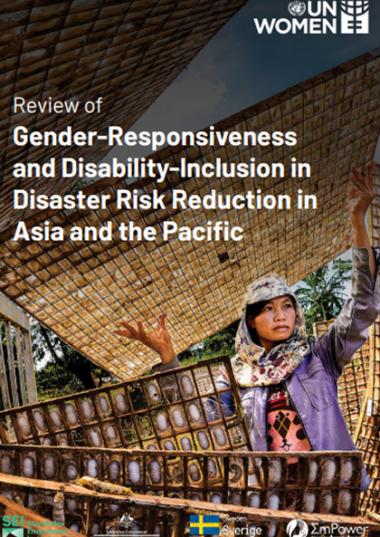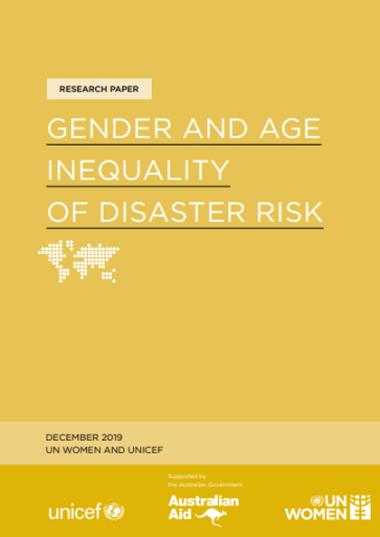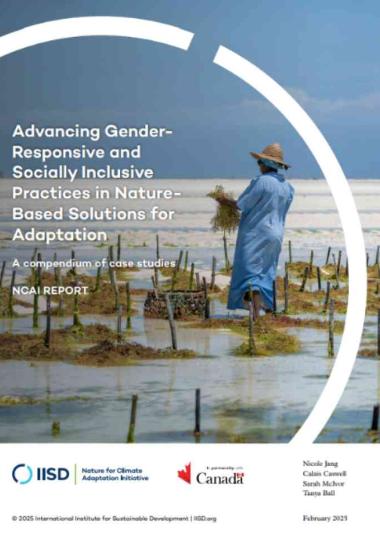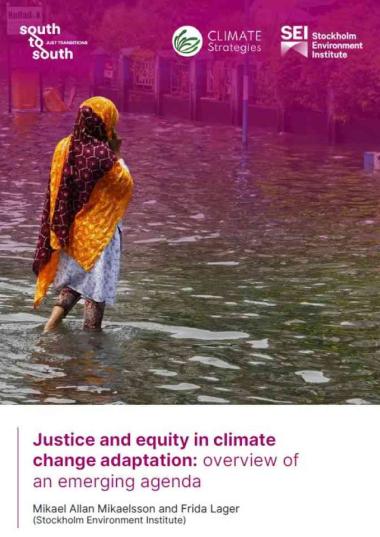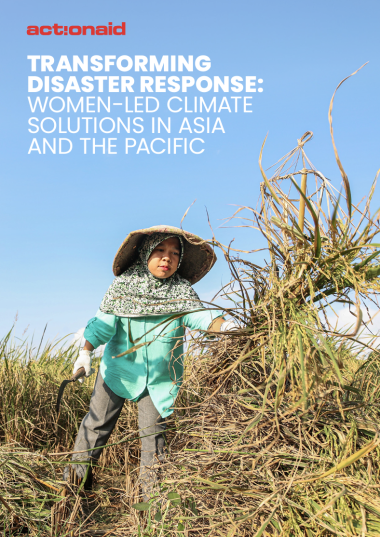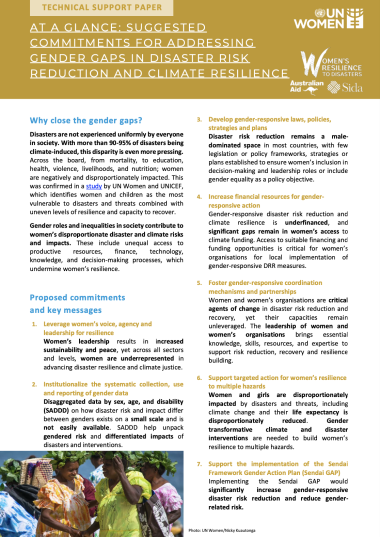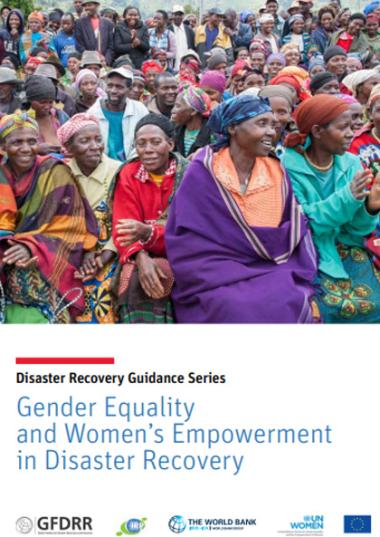
Intersectional approaches for reducing vulnerability to natural hazards
Intersectional approaches recognise that ‘people have different identities, needs, priorities and capacities which are not static, and will shift and change over time – affecting their ability to prepare for, cope with and respond to natural hazards and climate variability.’
This paper aims to better understand different factors that influence people’s vulnerabilities and resilience to natural hazards, climate change and climate variability through a gender lens, while also taking a perspective that is more intersectional. The research investigated intersecting inequalities and how effective intersectional approaches to vulnerability reduction and resilience building can be developed and integrated into programming across different groups and agencies.
The research includes two case studies which aim to understand the different experiences of:
- Women and men from different ethnicities/castes in relation to flooding in Bardiya district in Nepal
- Women and men from majority and minority clans in the context of drought in Kenya’s Wajir county
In Nepal, the report finds a statistically significant difference between women and men within both disadvantaged and other groups, meaning that men are more resilient to natural hazards and climate change than women. But in Kenya, the findings are more puzzling. The resilience scores do not demonstrate statistically significant differences in average scores between women and men and between the social groups. Nevertheless, it is generally agreed that gender inequalities are a major constraint to women.
